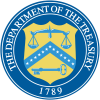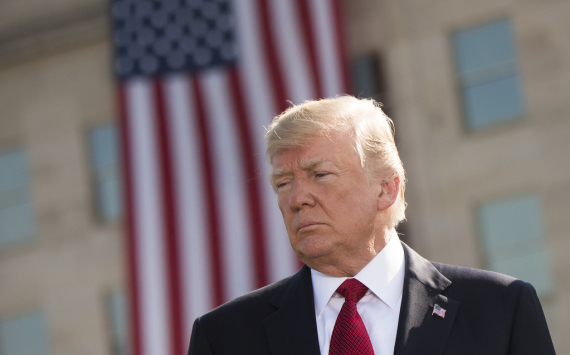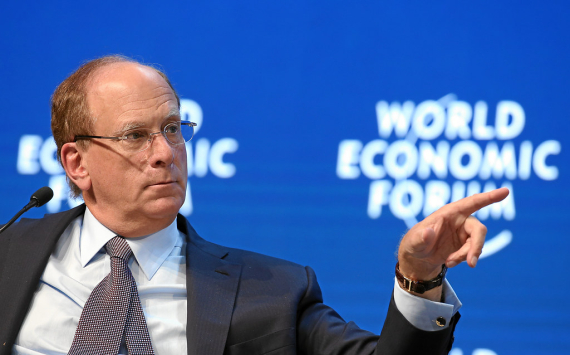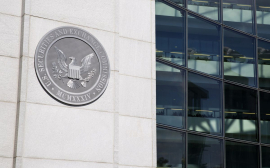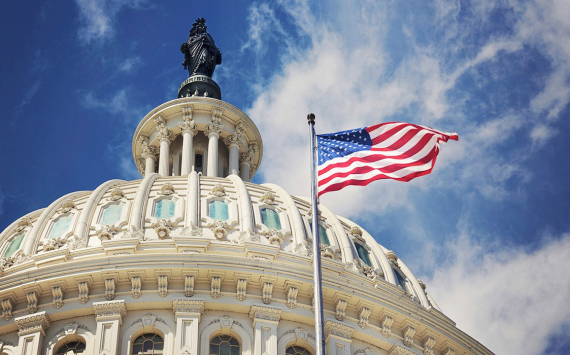
What a US debt default would mean for the market
Congress is approaching the mid-October deadline to raise or suspend the debt ceiling, but Democrats and Republicans on Capitol Hill are in a stalemate with no clear plan to prevent what would be the first default in the US.
There are no signs that the partisan battle is coming to an end: Senate Majority Leader Chuck Schumer plans to hold a vote on Wednesday on a House measure to suspend the legal debt ceiling until December 2022, but Senate Minority Leader Mitch McConnell has already done so. pledged to block the effort the third time Republicans have done so.
With control of the White House as well as both houses of Congress, Democrats face increasing pressure to act alone and raise the ceiling using a procedural tool known as reconciliation, which allows them to bypass Senate Republicans' obstruction.
The Treasury Department has begun implementing so-called emergency measures to keep the government running after restoring the debt limit in August to about $22 trillion, about $6 trillion less than the actual level. But Congress has little time to deal with the issue: Treasury Secretary Janet Yellen has told Congress that the limit must be raised by 18 October or the US government will run out of cash to pay the bills.
"I consider October 18 to be the deadline. It would be a disaster not to pay the government's bills if we find ourselves in a position where we don't have the resources to pay the government's bills," Yellen told CNBC on Tuesday.
According to experts, the economic consequences of a debt default are likely to be severe: interest rates are likely to rise and demand for Treasury bonds will fall; even the threat of default could lead to higher borrowing costs. According to one analysis by the Bipartisan Policy Centre, once the US runs out of money, the Treasury will be unable to meet around 40% of all payments over the next few weeks.






